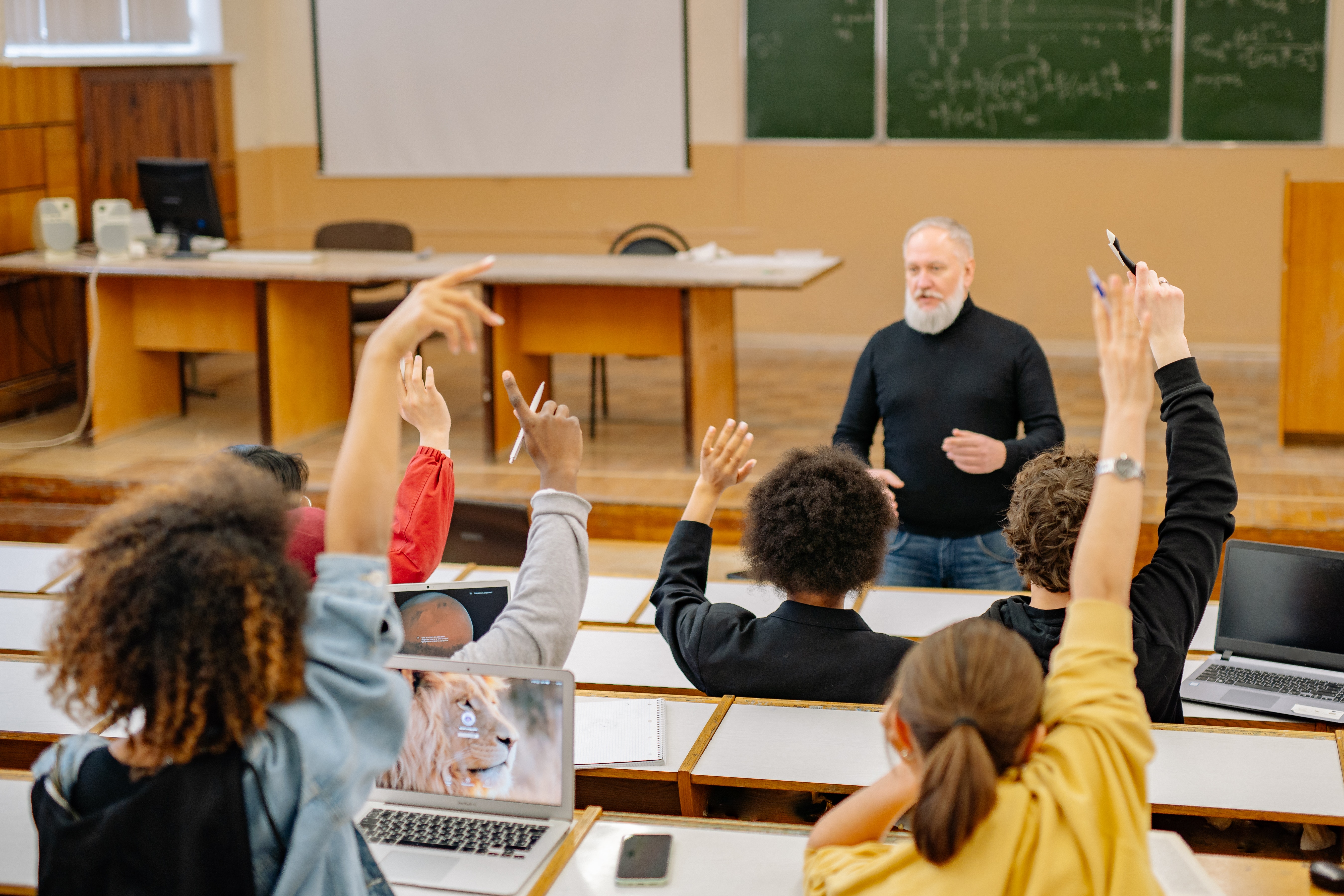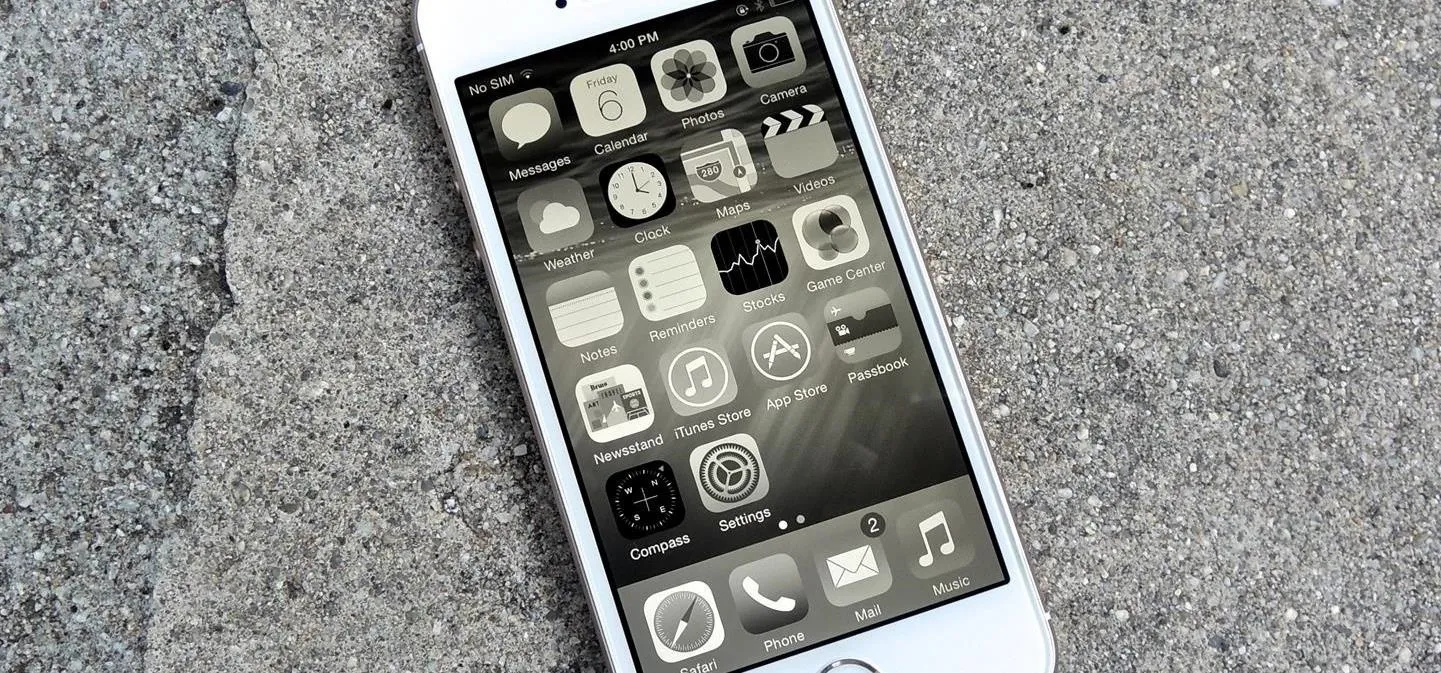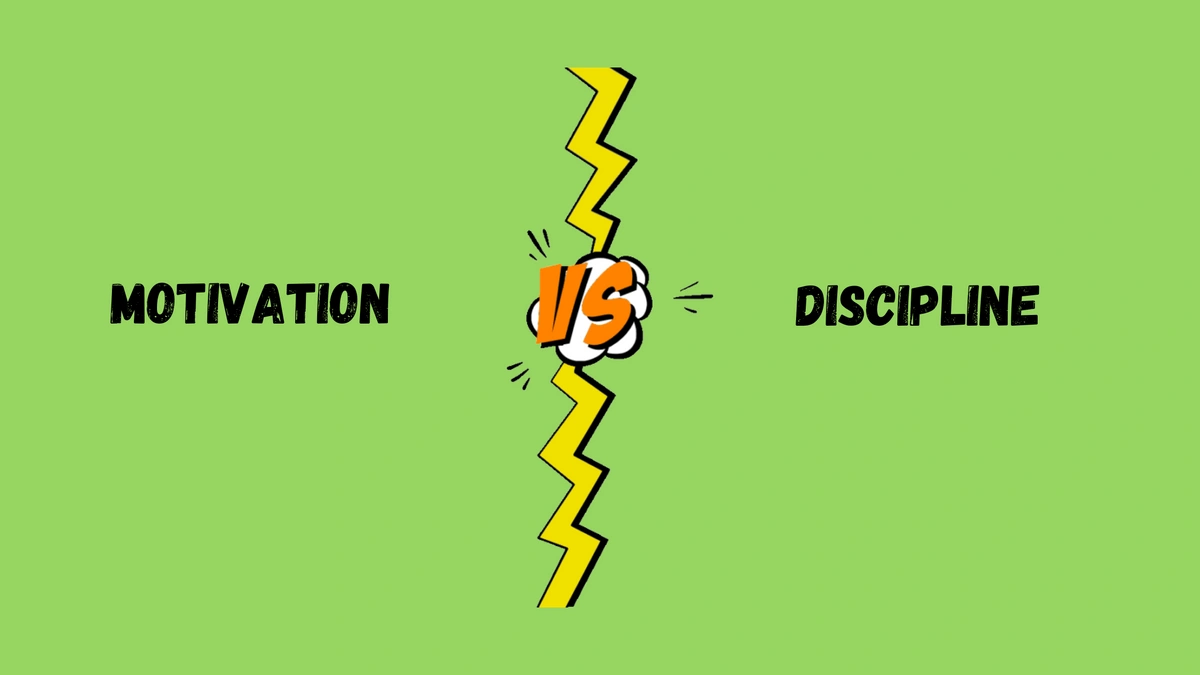Laptops and technology have become a staple in the modern classroom, but so has the debate around whether they are helpful or harmful to students' education. Since technology is here to stay, this blog will take a closer look at the positives and negatives of technology in the classroom and give suggestions for teachers to help make students’ technology use as helpful as possible.
Positives of Using Technology in Class
- Using technology provides instant feedback. When teaching, it is hard to know each student’s level of understanding of the material that day. Even by asking questions throughout the class to gauge students’ understanding, you cannot get a full idea of their comprehension of the material until the next test or quiz. However, tests and quizzes are also not always the best indications of a student’s understanding because some students do not test well due to the stress and pressure of tests. Using technology allows you to do online quizzes like Kahoot, giving you instant feedback on what each student understood. Also, Kahoot is a fun way for students to display their knowledge without the stress of an actual test or quiz. So, using technology in the classroom can help you gauge the students’ comprehension, allowing you to adapt your teaching while improving the students’ education and maybe even grades and comprehension.
- Using technology in the classroom can make your class more engaging. The internet is overwhelmingly stimulating and can make even the most boring material engaging. Because of how overstimulated most students are now by the internet and social media, it can be hard to have them focus on a boring lecture. In response, a recent study has found that “some instructors screen online videos, show Ted Talks and Youtube videos” to make their classes more engaging. Instead of blaming technology for reducing students’ attention spans, some teachers see technology as a tool to gain back students’ focus. During a study, “in an attempt to reduce the number of students who failed or quit the institution’s engineering-technology program, more technology was introduced into the teaching process. An astounding 90 percent of the students involved said that technology helped learning and retention.” So, by using technology to make your class more engaging, your students’ attention in class will increase, and their comprehension of the class material will also improve.
- Using technology in the classroom prepares students for the future. In a recent study, “students saw technology as an integral part of the classroom, pointing out in their survey responses that “technology is the future,” “everything we do revolves around the use of technology.” The goal of the school system is to prepare students for the future, and right now, technology is what dominates the future. For many aspects of their lives, students will need to use technology. So, to allow students to succeed after school, they must understand the technology and how to use it responsibly. The best way to learn about technology is through practicing. Since it is up to teachers to help prepare students for the future, teachers must help students learn about technology by using it responsibly in the classroom. Teaching how to use different things like PowerPoint, word, excel, and even social media can help students thrive in the workplace. By using technology in the classroom, students can learn how to properly use technology, which will help prepare them for their future in the workforce.
- Using technology in the classroom can provide more accessibility to education for students with disabilities. Access to education is a right that students of all abilities should have. Using technology in the classroom helps ensure that, regardless of one's mental or physical disability, each student has easy access to education. For example, allowing students who have difficulty writing notes to use the text-to-speech function on their laptops can help them get the same quality of education as everyone else. Ultimately, assistive technology provides equality in class, allowing people with and without disabilities to access education.
- Technology accommodates different learning styles. Everyone learns differently, but it can be hard to teach in a way that accommodates each individual's learning style. However, technology provides lots of options to accommodate every type of learner.
The different learning styles:
- Auditory learners “respond best to spoken rather than written words.” For these students, you can use audiobooks, Ted talks, voice-recorded notes, and podcasts to help them learn.
- Visual learners “rely more on sight than sound. They read faster than auditory learners and tend to pay more attention to details when reading.” For these students, you can use PowerPoint Presentations, e-books, videos, pictures, and interactive whiteboards to help them learn.
- Tactile learners “find active learning best, so teachers can encourage them to use their sense of touch.” For these students, using technology is great because it is hands-on. You can have these students hold devices, type, click on a mouse, or swipe on screens that can help them learn.
Negatives of Using Technology in Class
- Computers reduce the connection between teachers and students. In a recent study, many teachers discussed “the challenge of teaching when the human contact is lost or blocked by the screens of laptops and tablets.” When screens block students’ faces, it can be hard to see a student's facial expressions. Since the non-verbal cues of facial expressions help indicate the student's understanding, blocking these facial cues can make it difficult to assess the student's comprehension. By not knowing a student's level of comprehension or confusion, it can be difficult for teachers to know when to move on from a subject and when to elaborate. Using technology creates a loss of connection that can reduce your ability to assess your students and make adapting your classes to your students harder, resulting in a likely reduction in comprehension.
- Technology affects a student’s ability to focus on less engaging material. Since not everything you teach is exciting and the internet is often more stimulating than a boring lecture, many students may choose to focus online rather than in the classroom when the material is boring. However, not everything in life can be super engaging, and it is essential to teach your students how to keep their focus even when something is not exciting. During a study, one professor said: “there is also value in learning how to focus on the tasks that do not spark a lot of interest in students.” This skill will help students focus at work even when their tasks are unengaging. Sometimes work is boring, and it is your job as a teacher to teach students how to prevent the internet from distracting them when things get boring to prepare them for the workforce. Unfortunately, using technology freely in the classroom often teaches students to seek something more engaging when they get bored. Instead, when using technology in class, students should have guidelines to help them learn how to use technology responsibly.
- Using a laptop in the classroom may reduce your students’ academic performance. A recent study found that “laptops decrease course grades by between 0.14 and 0.25-grade points, or 0.17 and 0.30 standard deviations.” In class, going onto other more interesting sites is easy for students. Many students feel that they can still pay attention to the lecture while scrolling through their social media feed, shopping online or visiting other off-task sites, which is just a distraction from class. Whether doing another class's work or scrolling through the internet, multitasking negatively impacts your student's academic performance. As discussed earlier, technology also reduces students’ focus in class. Because students’ are not giving their full attention to the classroom, their learning is affected, which often is reflected in a reduction in grades. So, using technology can reduce the class average of your students. Therefore, allowing students to get distracted by technology reduces their academic performance.
What Teachers Should do About Technology Use in the Classroom
- Teach students how to regulate their technology use. Technology is something that students will have to use every day in the real world. So, instead of banning technology from the classroom and ignoring that fact, you must teach students how to use technology properly. Teaching students how to manage their technology use can help them succeed in the workforce and improve their focus on their life in general. There are many progressive ways to implement to put strategies that would help students to stay focused on their studies without getting distracted. Yes, technology has many positives, but it can also be harmful. You must teach your students about the harmfulness of multitasking and getting distracted by their technology. You must also teach students how to use technology to benefit them without distracting them. Setting up rules and teaching students how misusing technology can reduce their academic performance can help students use technology responsibly. Also, encouraging students to only use technology for the tasks you asked them to do can help prevent them from getting distracted. Also, explain to students that staying focused in class even when they are bored will help them in class and the workforce. You can tell your students that when they are bored in class to try and focus on what you are saying instead of distracting themselves from the boredom. By encouraging them to focus on even the most boring lessons, you will help them dramatically improve their focus, increasing their chance of success in the workforce.
- Use online productivity tools to help your students focus. If your students struggle to stay focused in class, try using a productivity tool to help. There are many different online productivity tools, and you can check out the top 7 productivity tools and apps for students to learn about some of our favourites. Implementing these productivity tools may help manage the technology use in your classroom and help your students stay focused. If your students are struggling with staying off social media while in class or studying, suggest that they use BeTimeful. BeTimeful is a tool that blocks social media feeds but allows you to use your messaging feature on the platforms. By using BeTimeful, your students can take away the distraction of social media while having the peace of mind that if someone needs them, they will still get their messages.
So try BeTimeful today to help your classroom use technology responsibly.
Check out BeTimeful's other resources to help you balance technology with your life:
- Discover what teachers can educate students about social media
- Discover the best productivity tips
- Learn about 5 things that steal your motivation
- Learn how to stay motivated
- Discover top productivity coaches
- Find top time management tools
- Discover ways to stay focused
- Learn about why you can't focus
- Discover why it may be time to quit social media
- Discover ways to quit social media
- Discover the pros and cons of quitting social media
- Learn about the benefits of disconnecting from social media
- How to remove Instagram Feed or how to remove YouTube shorts.
- How to double. your sales as a realtor in half the time? Checkout Top 5 Apps for Realtors to Drive Sales in 2023
Sources:
Neiterman, Elena, and Christine Zaza. “A Mixed Blessing? Students’ and Instructors’ Perspectives about Off-Task Technology Use in the Academic Classroom.” The Canadian Journal for the Scholarship of Teaching and Learning, vol. 10, no. 1, 2019.
Patterson, Richard W., and Robert M. Patterson. “Computers and productivity: Evidence
from laptop use in the college classroom.” Economics of Education Review, 2017, pp.
66-79.
“5 Benefits of Technology in the Classroom.” ViewSonic, https://www.viewsonic.com/library/education/5-benefits-of-technology-in-the-classroom/.






